
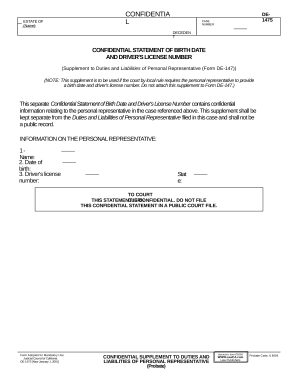

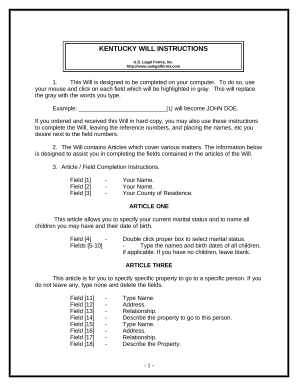
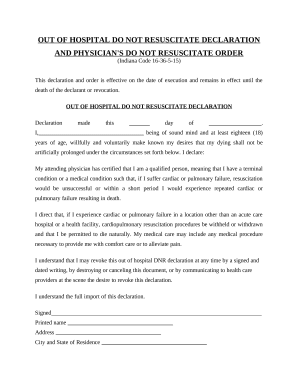
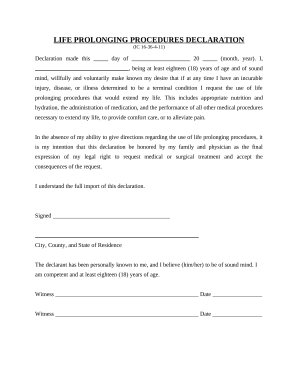
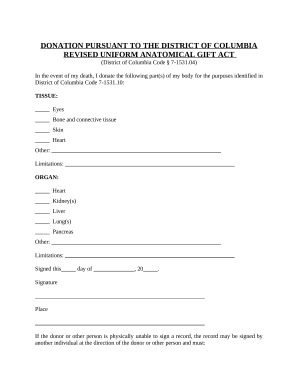
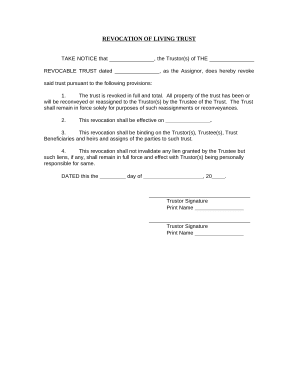
Your workflows always benefit when you are able to get all of the forms and documents you will need on hand. DocHub delivers a a large collection document templates to relieve your day-to-day pains. Get hold of Advanced Directives category and quickly browse for your form.
Begin working with Advanced Directives in several clicks:
Enjoy easy record administration with DocHub. Discover our Advanced Directives online library and discover your form right now!